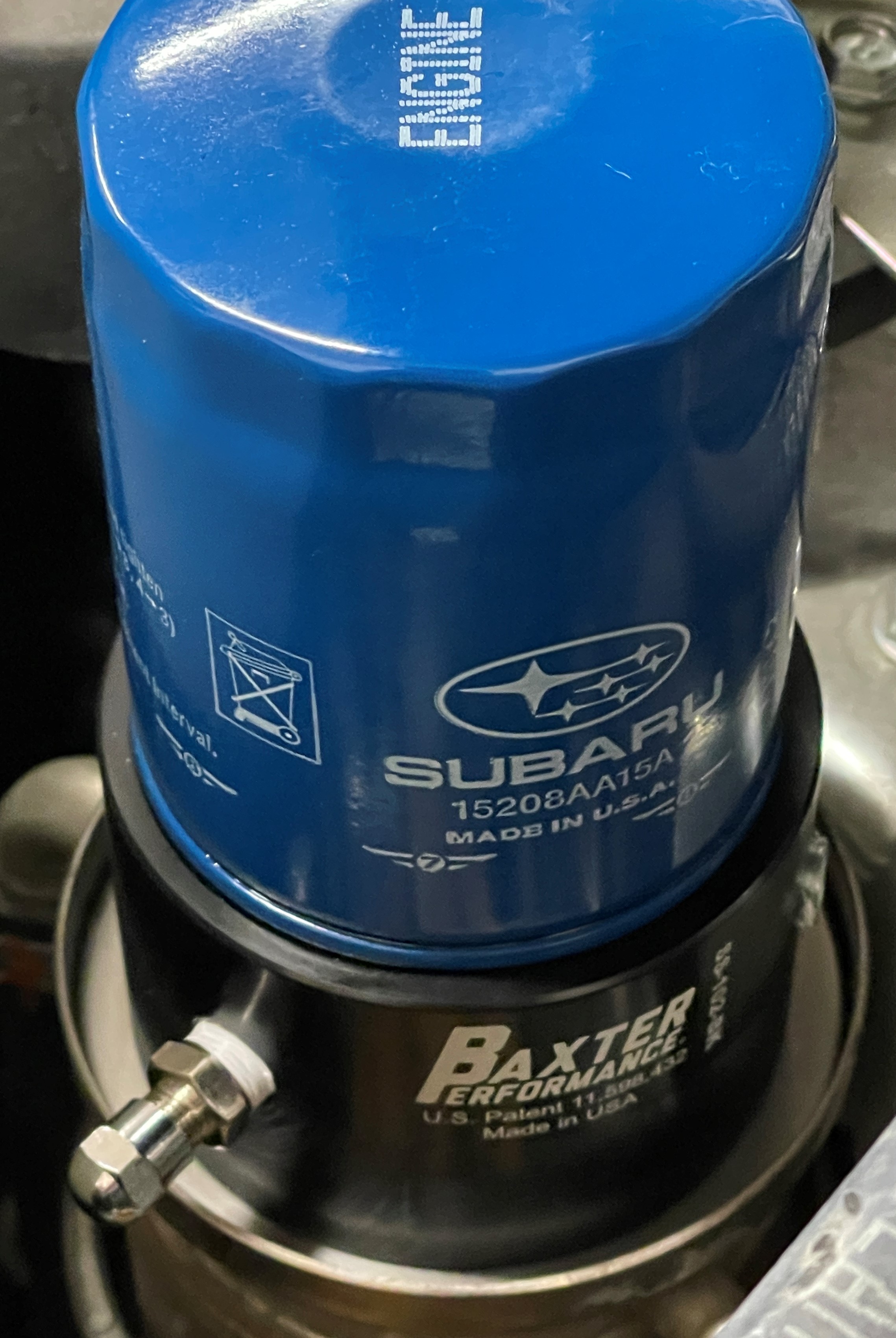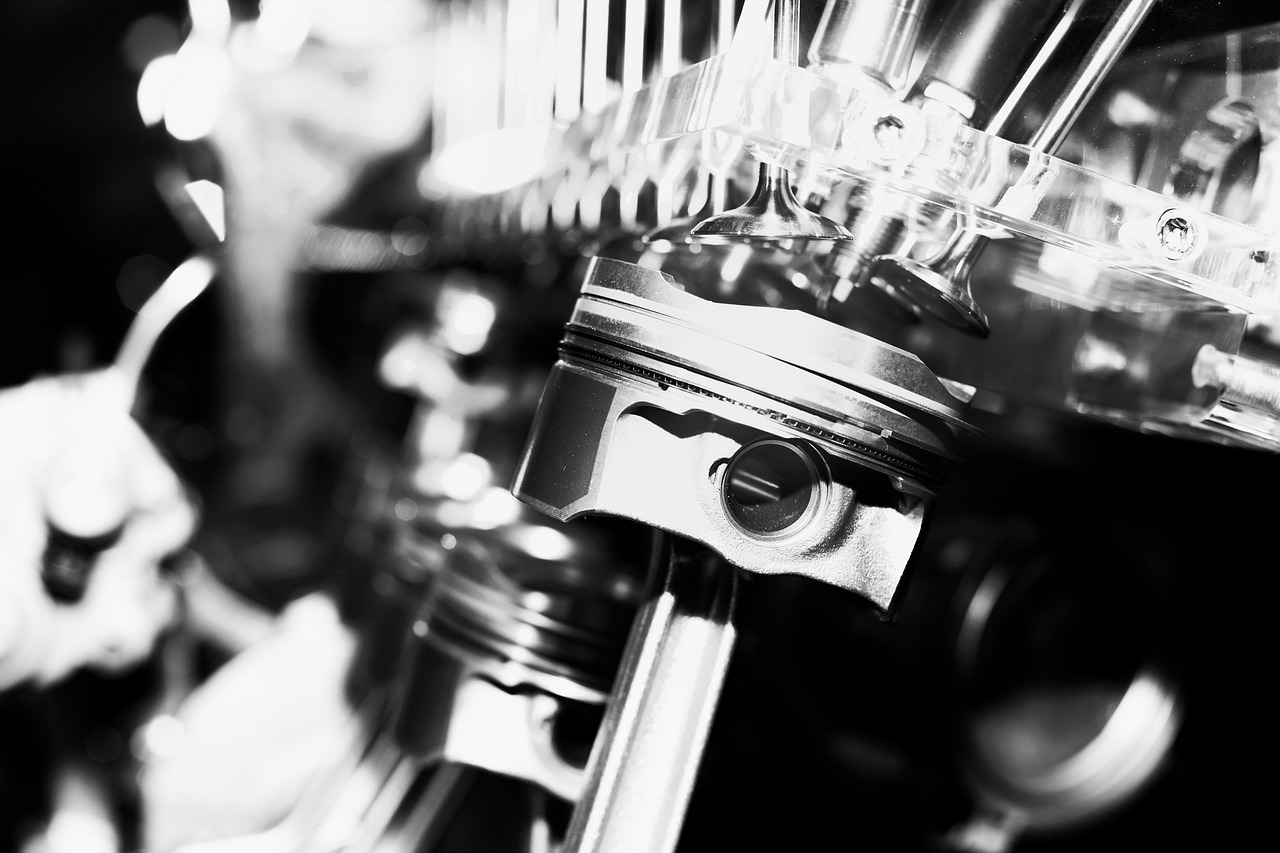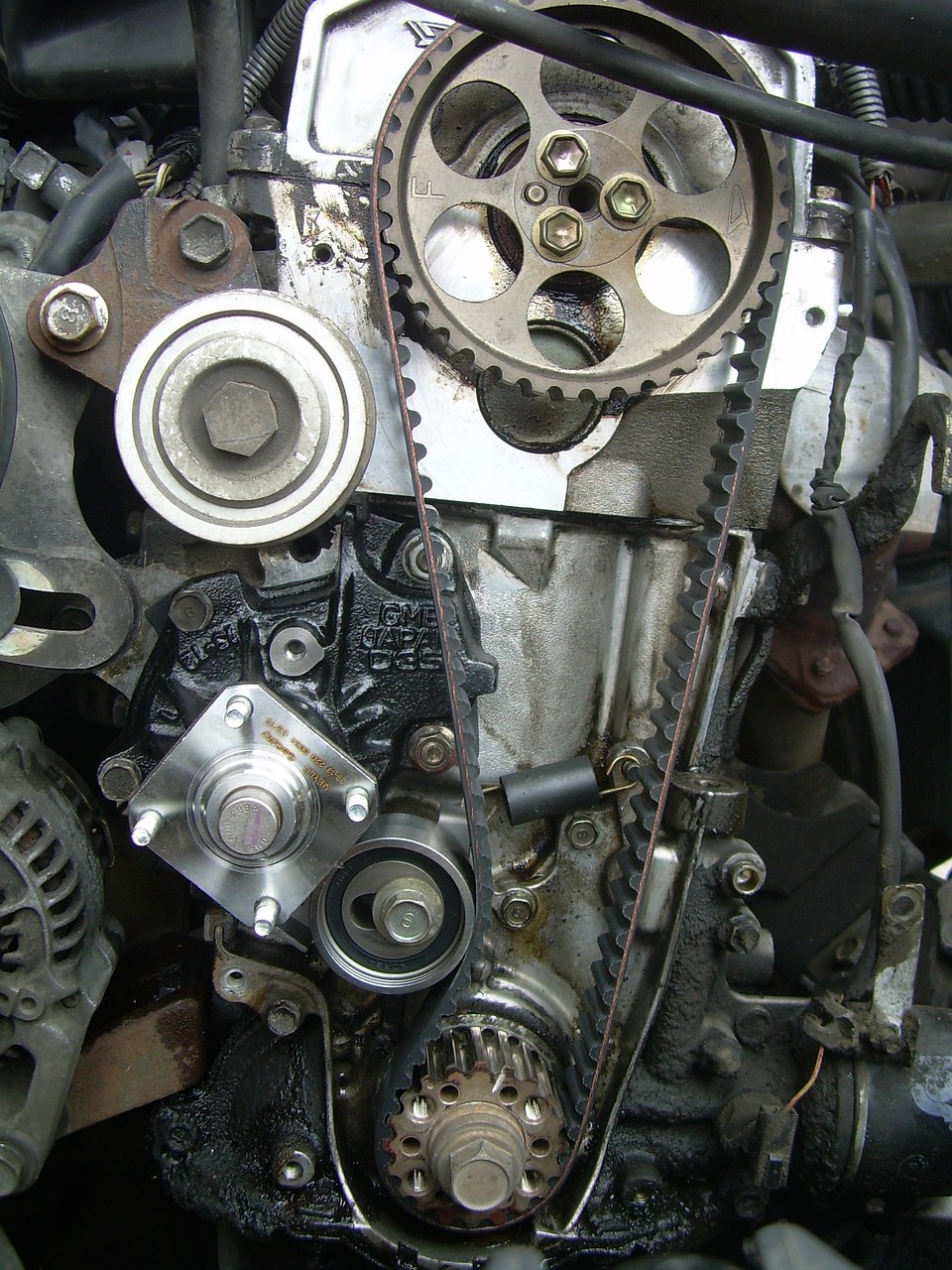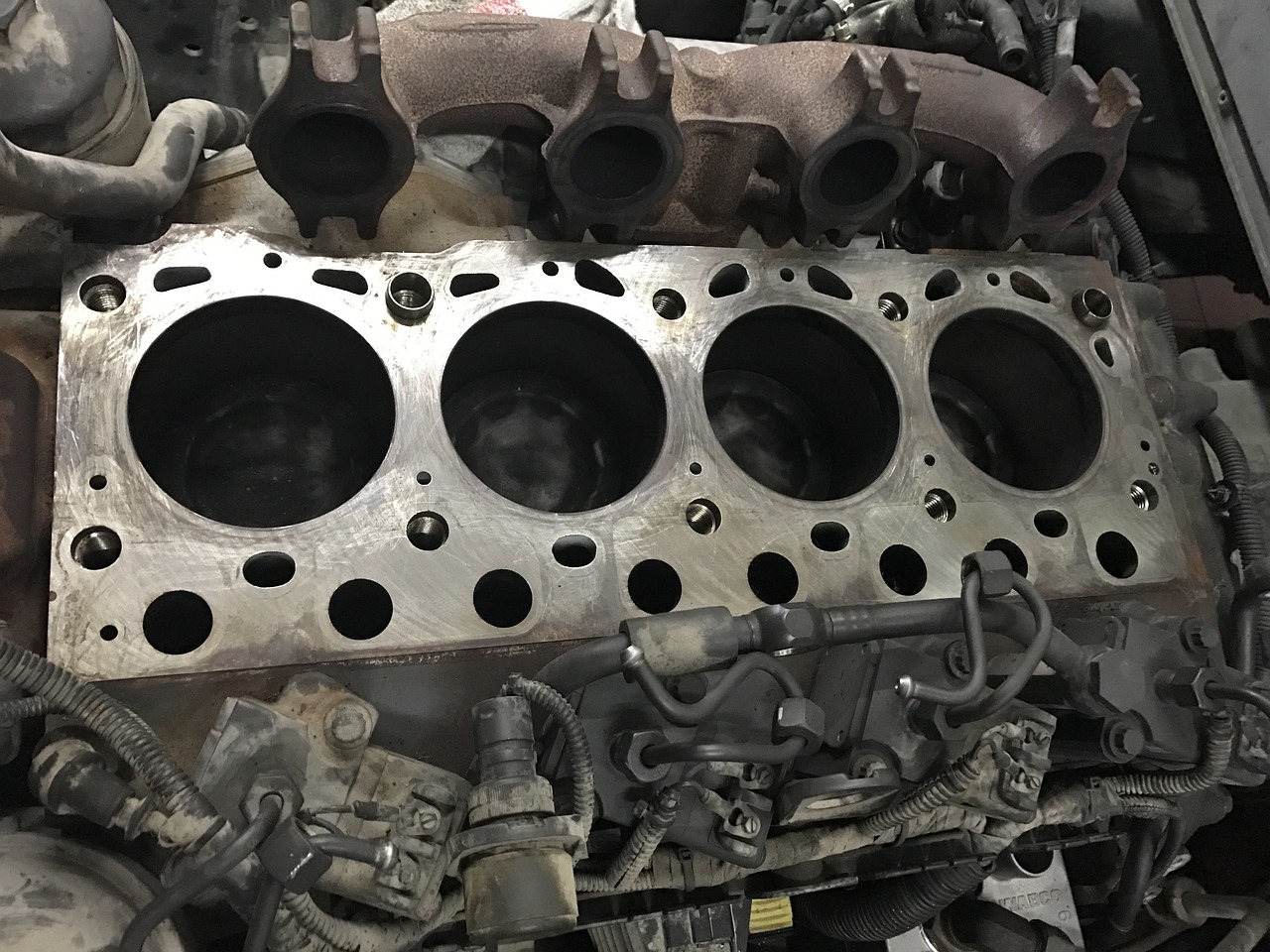Top 5 Problems With Subaru Engines
Subaru engines are known for their reliability, but feature several recurring problems across various models and years of production. These problems are often identified by a ticking or grinding engine sound. Here are the top 5 problems in Subaru engines, along with some tips on how to prevent them:

- Prolonged dry starts
Subaru FA and FB series engines that have inverted spin-on oil filters mounted on the top of the engine, suffer from a prolonged dry start due to oil draining from the feed and output side of the oil filter at engine shutdown. The oil feed galley from the pump and oil supply galley from the oil filter are separated by a metal plate inside of the front engine cover, this metal plate has no gasket separating the two galleys and allows air to migrate into the pump supply side and completely drains back through the pump, defeating the purpose of the anti-drain back valve in the oil filter.
Our patented SS-102-BK Oil Filter Anti-Drain Adapter contains an out-flow check valve that prevents air from migrating into the oil feed galley from the filter, this results in the oil feed from the pump, oil filter and oil feed from the oil filter remains flooded. Benefits of our adapter include:
- Accepts Subaru oil filters
- No more prolonged dry starts
- Longer engine Life
- Quiet Starts
Symptoms of dry starts include:
- Ticking or grinding sound upon start up
- Differences in the starting sound of an engine when turned on hours after last use versus minutes after last use
Prevention for dry starts include:
- Use of an oil filter anti-drain adapter
If your engine is experiencing signs of dry start or you want to prevent long-term dry start damage in your Subaru engine, you can add an oil filter anti-drain adapter to your engine with a standard toolset. The Baxter Performance Oil Filter Anti-Drain Adapter is manufactured and patented by Baxter Performance. If you are interested in adding a Baxter Performance Anti-Drain Adapter to your Subaru, you can view the adapter product page or installation video to learn more.
- Cylinder misfires
A cylinder misfire is a condition in which one or more of the cylinders in an engine is not firing properly. This can cause a number of problems, including a loss of power, rough idle, and hesitation when accelerating.
Symptoms of cylinder misfires include:
- Loss of power
- Rough idle
- Hesitation when accelerating
- Check engine light on
- Black smoke coming from the exhaust
Prevention tips for cylinder misfires include:
- Keeping your spark plugs and wires in good condition.
- Replacing your fuel filter regularly.
- Having your Subaru serviced regularly.
- Avoiding using low-quality fuel.
If your engine is experiencing these symptoms, it is recommended that you bring your Subaru to a qualified mechanic as soon as possible. The mechanic will use a diagnostic tool to identify the cylinder that is misfiring. Once the cylinder has been identified, the mechanic will need to replace the spark plugs, wires, or injectors, as needed.


- Oil consumption
Some Subaru engines have been known to consume excessive amounts of oil. This can be caused by a number of factors, including worn piston rings, a leaky valve cover gasket, or a failing oil pump.
Symptoms of oil consumption include:
- Low oil level
- Blue smoke coming from the exhaust
- Check engine light on
Prevention tips for oil consumption include:
- Keeping your oil levels topped off.
- Changing your oil and filter regularly.
- Having your Subaru serviced regularly.
- Avoiding using low-quality oil.
If you think your Subaru engine is consuming excessive amounts of oil, it's important to have it checked by a qualified mechanic right away. The mechanic will inspect the engine for signs of wear and tear. If the mechanic finds that the engine is consuming oil due to worn piston rings, a leaky valve cover gasket, or a failing oil pump, the mechanic will need to replace the worn or damaged parts.
- Worn timing belt
The timing belt in a Subaru engine helps to synchronize the movement of the pistons and the valves. If the timing belt breaks, it can cause serious engine damage. It's important to have the timing belt replaced according to the manufacturer's schedule, which is typically every 100,000 miles or 10 years.
Symptoms of a worn timing belt include:
- Rough idle
- Loss of power
- Hesitation when accelerating
- Check engine light on
Prevention tips for a worn timing belt include:
- Having your timing belt replaced according to the manufacturer's schedule.
- Avoiding driving in stop-and-go traffic.
- Avoiding towing heavy loads.
If you think your Subaru engine's timing belt has broken, it's important to have it towed to a qualified mechanic right away. The mechanic will need to replace the timing belt and any other parts that have been damaged.


- Head gasket failure
The head gasket is a thin layer of material that seals the combustion chamber from the cooling system. If the head gasket fails, it can allow coolant and oil to mix, which can lead to engine damage.
Symptoms of head gasket failure include:
- Loss of coolant
- Overheating
- White smoke coming from the exhaust
- Oil in the coolant
- Coolant in the oil
- Rough idle
- Loss of power
- Hesitation when accelerating
Prevention tips for head gasket failure include:
- Keeping your engine oil levels topped off.
- Changing your oil and filter regularly.
- Having your Subaru serviced regularly.
- Avoiding overheating your engine.
- Using high-quality fuel.
If you think your Subaru engine has a head gasket failure, it's important to have it checked by a qualified mechanic right away. The mechanic will remove the head from the engine and inspect the head gasket for damage. If the head gasket is found to be damaged, it will need to be replaced.
